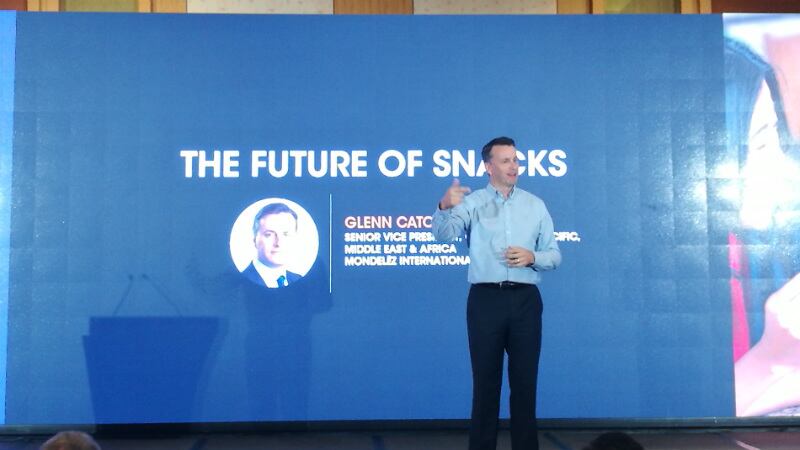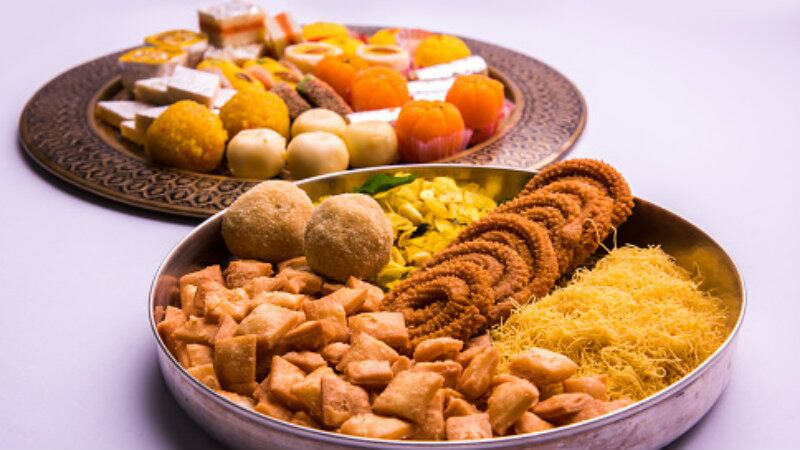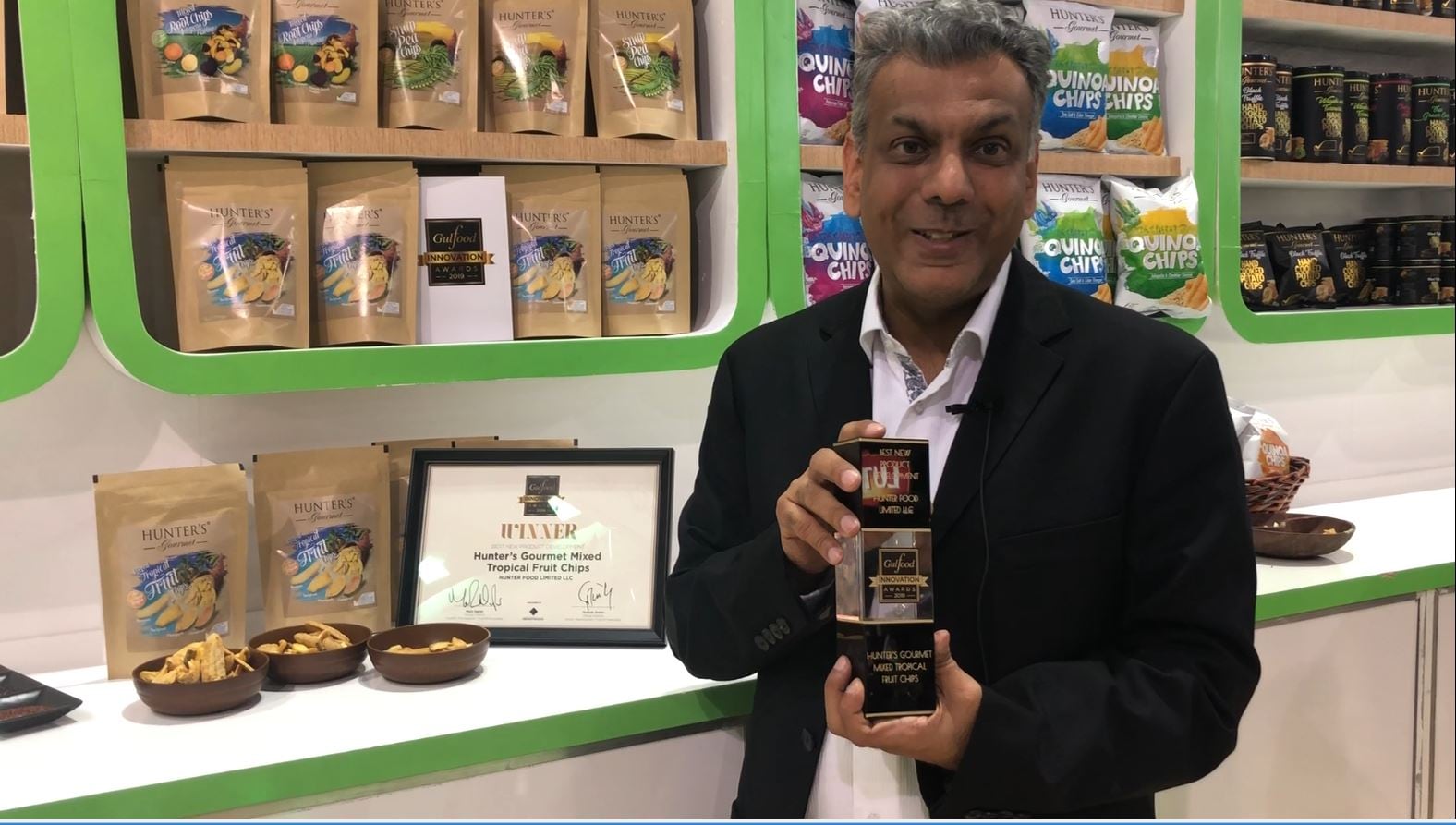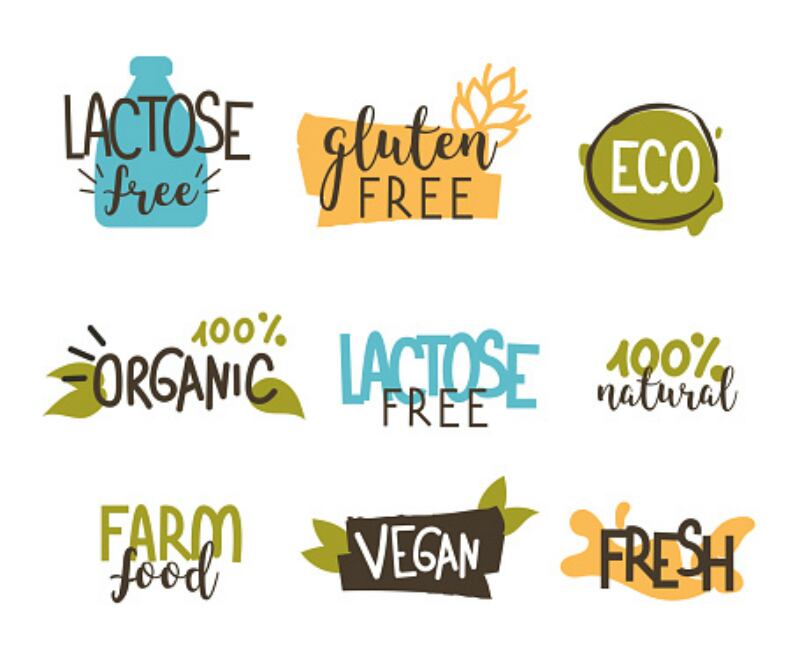According to Mondelez International Senior Vice President for Growth Asia Pacific, Middle East and Africa (AMEA) Glenn Caton, the value of the global snacking market currently stands at some US$1.2tn, and in AMEA the snacks market makes up some 22% of Mondelez’s global net revenue (US$5bn).
“The growth rate of the snacks market in AMEA is already outstripping that of global growth, [spearheaded] by rapid population increase and wealth growth in the region,” he said..
“We foresee this to accelerate even further moving forward, to reach a growth rate around twice the average snacking growth rate [of 4% to 5%].”
Mondelez owns several of the biggest snack brands in the world, including chocolate brand Cadbury and biscuit brand Oreo.
Caton highlighted several ‘power shifts’ and opportunities that are shaping the future of the snacking market both globally and in the AMEA region, which food and beverage manufacturers need to take not of.
These included: Well-being, Local Speed and Relevance, Digital Revolution, Time Compression, Shifting Income Segments and Evolving Retail Channels.
Well-being and localisation
Given the rapidly-rising emphasis on well-being in the food and beverage industry and amongst consumers, Mondelez is responding and innovating according to this trend in three ways, said Caton.
“The first of the three biggest pillars we look at for innovation within well-being is in the better-for-you category. Things like lactose-free, gluten-free, lower saturated fat and so on [are important areas of focus in our innovation],” he said.
“The next pillar we look at is on fortified nutrition, where we try to innovate to increase protein, calcium, fibre and other nutrients in our products.”
“Finally, we also look a lot at being both simple and local – what this basically means for us is to reduce artificial ingredients and increase localization of the ingredients we use.”
What appears to be important for localisation today is no longer just flavours and ingredients alone, but also the speed of innovation.
“No longer does the two year cycle for innovation apply – these days we need to be much faster,” said Caton, who was speaking at trade association Food Industry Asia’s 2019 summit in Singapore.
In addition to this, bringing tradition into innovating for localisation was also highlighted as an important factor.
“For example, we created the Oreo mooncake in countries with this tradition, and the success of this has been so good that we will be expanding this trend in the next one to two years,” said Caton.
Digital Revolution
With rapid changes in the technology and channels by which consumers are reached today, Caton added that Mondelez spends some 80% of its marketing spend on targeting digital and mobile devices, especially in the AMEA region.
“In China especially, just about everything is done via mobile – 70% of their e-commerce and 90% of Alibaba sales are done using mobile devices.”
With regard to innovations targeted at addressing the digital revolution, Caton cited the Oreo music box in China, a collaboration with Alibaba and Tmall, where users can place a cookie on the cookie box, press a button, and hear a song. Biting the cookie and repeating the process will lead to the playing of a different song.
“We saw 35,000 units sold out within 15 minutes,” he said.
Time compression and increasing income
Caton also made the observation that rapid demographic and economic shifts, both globally and in AMEA, have led to the trend of time compression, which is directly related to convenience and time-saving.
“The number of women in the workplace has increased rapidly from 50% some 20 or 30 years ago to 65% today, [and] urbanisation has made an even greater leap from 30% of the world’s population living in cities in the 1950s to 50% today, with this number expected to reach 70% by the middle of this century,” he said.
“The AMEA region comprises eight of the top 10 [most-populated] cities in the world, so this region is going to lead that trend.
“[More people] living and working in cities changes the nature of around what is being eaten, how shopping is carried out, and the need for convenience, convenient foods and on-the-go snacks.”
He also highlighted premiumisation as a rapidly rising trend worldwide, with the growth rate of the premium segment expected to be higher than the overall total growth of the F&B sector. This was attributed primarily to increasing income segments.
Earning consumer trust
All trends aside, Caton concluded that the one thing that will never change for F&B manufacturers is ‘the need for consumer trust’.
“In the old days, consumer trust was aligned with just manufacturer credibility and product reliability,” he said.
“[Now], we believe that consumer trust also requires intimacy, [which is conveyed] via product personalization; and a company purpose that goes beyond profit and self-interest.
“[As such, a company’s purpose should now] be aligned with a sustainable future, not just because it’s morally right, but also to build trust with customers.”
In support of this, he cited Mondelez findings that 70% of Gen Z consumers would change their food product choices according to a company’s sustainability initiatives and purpose.





